Stoves
Stoves

-25%
Ballard Designs
Suzanne Kasler Madelle Fire Tools - Ballard Designs
$186.75
$249.00
Ballard Designs

-25%
Frontgate
Louviere Fireplace Screen - Frontgate
$1,499.25
$1,999.00
Frontgate

-25%
Ballard Designs
Celeste Fire Screen - Ballard Designs
$434.25
$579.00
Ballard Designs

-25%
Frontgate
Beckett Fireplace Screen - Antique Brass, Standard Antique Brass - Frontgate
$749.25
$999.00
Frontgate
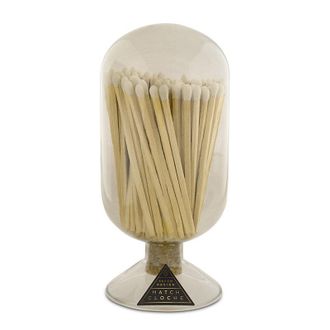
-25%
Ballard Designs
Match Cloche - Smoke - Ballard Designs
$27.00
$36.00
Ballard Designs

-25%
Frontgate
Foster Fireplace Screen - Frontgate
$749.25
$999.00
Frontgate

-25%
Ballard Designs
Match Cloche - Cloud - Ballard Designs
$28.50
$38.00
Ballard Designs
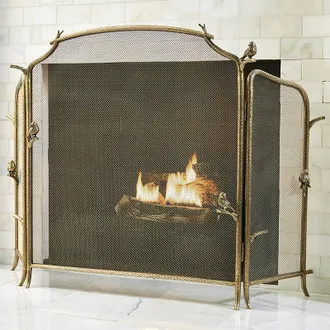
-25%
Frontgate
Aviary Fireplace Screen - Frontgate
$1,424.25
$1,899.00
Frontgate

-25%
Ballard Designs
Suzanne Kasler Madelle Fire Screen - Ballard Designs
$299.25
$399.00
Ballard Designs

-25%
Frontgate
Artemis Fireplace Screen - Frontgate
$524.25
$699.00
Frontgate

-42%
Hewson
70In Farmhouse Barn Door Media Console
$354.99
$609.00
Rue La La

Puebco
Fireplace Tongs in Brown at Nordstrom
$22.00
Nordstrom

-51%
Hewson
58In Farmhose Sliding Door Wood Tv Stand Storage Console
$344.99
$699.99
Rue La La
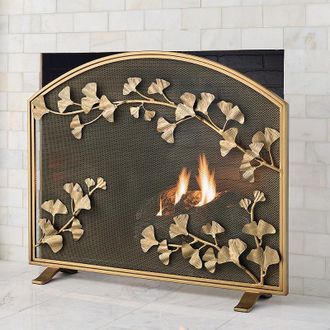
-25%
Frontgate
Gingko Leaf Mesh Fireplace Screen - Frontgate
$1,124.25
$1,499.00
Frontgate

-32%
Nearly Natural
3 Cactus Artificial Plants
$84.99
$125.00
Rue La La

-31%
Furinno
Open Shelving Storage Fireplace Entertainment Center for TV up to 55 Inch
$360.57
$518.92
ShopSimon

-32%
Nearly Natural
Set Of 3 Kalanchoe Artificial Arrangements
$59.99
$88.00
Rue La La
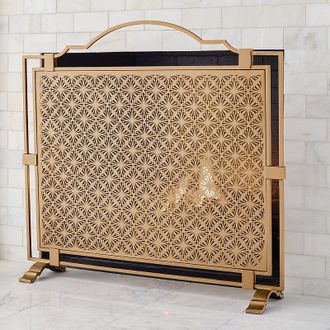
-25%
Frontgate
Roxanna Mesh Fireplace Screen - Frontgate
$824.25
$1,099.00
Frontgate

-17%
Alaterre
Revive - Reclaimed Coat Hooks W/Storage
$249.99
$300.00
Rue La La

-31%
Furinno
Fireplace TV Entertainment Center with Open Storage Compartment for TV up to 55
$352.21
$506.85
ShopSimon

-27%
Livex Lighting
Livex Pierson 2 Lt Ch Ada Wall Sconce
$139.99
$192.45
Rue La La

-50%
SereneLife
Mini Toddler Trampoline
$184.99
$372.00
GILT
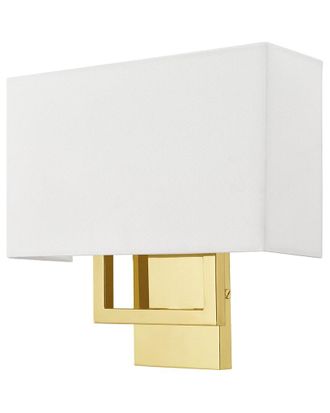
-26%
Livex Lighting
Pierson 2 Lt Pb Ada Wall Sconce
$144.99
$194.95
Rue La La

-28%
SEI Furniture
Holly & Martin Frescan Contemporary Electric Fireplace
$499.99
$692.00
GILT

-26%
Livex Lighting
Livex Pierson 2 Lt Ch Ada Wall Sconce
$174.99
$237.45
Rue La La

-26%
Livex Lighting
Pierson 2 Lt PB ADA Wall Sconce
$144.99
$194.95
GILT

-29%
Nearly Natural
Set Of 12 Hydrangea Artificial Flowers Blue
$79.99
$113.00
Rue La La

-39%
SereneLife
Wall Mounting Silver Patio Heater
$139.99
$228.00
GILT

-45%
Walker Edison
Modern 70In Tv Stand With Freestanding Electric Fireplace Brown
$484.99
$882.00
Rue La La

-42%
SereneLife
Wall Mounting Patio Heater Silver
$149.99
$258.00
GILT

-37%
Nearly Natural
10Ft Double Stalk Golden Cane Artificial Palm Tree
$244.99
$388.00
Rue La La
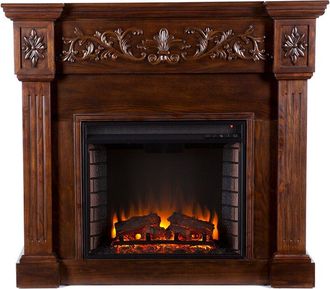
-18%
SEI Furniture
Calvert Electric Fireplace
$599.99
$736.00
GILT

-29%
Nearly Natural
Set Of 12 Hydrangea Artificial Flower White
$79.99
$113.00
Rue La La

-55%
Sunjoy Direct
26 Inch Fire Pit for Outside
$351.21
$778.71
ShopSimon

-29%
SEI Furniture
Sei Furniture Holly & Martin Frescan Color Changing Electric Fireplace
$579.99
$816.00
Rue La La

-54%
Chloe Lighting
GILES Tiffany-style 1 Light Mission Indoor Wall Sconce 12 Wide
$146.09
$318.55
ShopSimon

-20%
Sunnydaze
49In Chiminea Wood-Burning Fire Pit Steel With Built-In Log Storage Black
$198.99
$249.00
Rue La La

-58%
Costway
1500W Wall-Mounted Electric Heater Patio Infrared Heater with Remote Control
$138.60
$332.52
ShopSimon

-32%
ACME
Senon Futon Adjustable Chair Black
$279.99
$410.00
Rue La La

-28%
SEI Furniture
Lirrington Stainless Steel Fireplace Blue
$619.99
$857.00
GILT

-42%
Hewson
70In Farmhouse Barn Door Media Console White
$354.99
$609.00
Rue La La
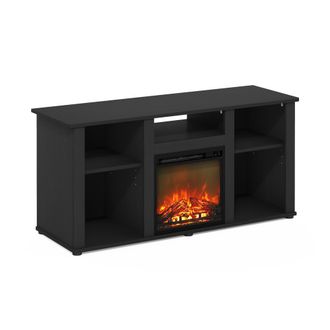
-54%
Furinno
Fireplace TV Entertainment Center with Open Storage Compartment for TV up to 55
$349.74
$762.58
ShopSimon

-20%
Sunnydaze
40In Tubular Steel Log Hoop Fireplace Firewood Holders Rack Black
$78.99
$99.00
Rue La La
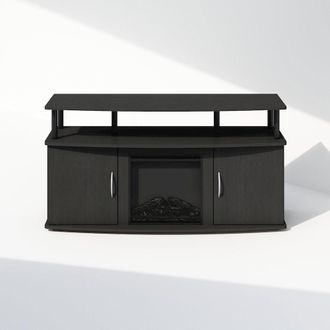
-33%
Furinno
Electric Fireplace TV Stand, Entertainment Center for TV up to 55 Inch
$311.97
$467.03
ShopSimon

-20%
Sunnydaze
24In Tubular Steel Log Hoop Fireplace Firewood Holders Rack Black
$62.99
$79.00
Rue La La

-33%
Furinno
Fireplace TV Stand, Entertainment Center for TV up to 55 Inch
$279.33
$414.28
ShopSimon

-84%
Jonathan Y Designs
Jonathan Y Smart Led Display Dimmer Switch White
$27.00
$164.00
Rue La La

-29%
Furinno
Fireplace TV Entertainment Center with Open Storage Compartment for TV up to 55
$359.22
$506.85
ShopSimon

-60%
Alice Pazkus
11.25In White Porcelain Relish Dish With Gold Design
$25.00
$63.00
Rue La La

-34%
Furinno
2-Tier Tall Side Table Display Rack with No Heat Decorative Electric Fireplace
$242.88
$367.35
ShopSimon

-40%
Creative Displays Inc.
Orchid Arrangement In Glass Vase With Orchid Leaves & Moss White
$89.99
$150.00
Rue La La
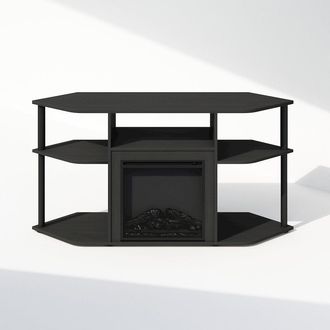
-31%
Furinno
Decorative Electric Fireplace Corner TV Stand, Entertainment Center
$296.51
$431.36
ShopSimon

-44%
International Home Miami
Amazonia Eucalyptus 7Pc Patio Dining Set Brown
$989.99
$1,780.99
Rue La La

-34%
Furinno
Electric Fireplace Corner TV Stand, Entertainment Center for TV up to 55 Inch
$339.76
$512.43
ShopSimon

-34%
SEI Furniture
Sei Furniture Austindale Color Changing Fireplace With Media Storage
$709.99
$1,070.00
Rue La La

-31%
Furinno
Open Storage Corner Fireplace TV Entertainment Center for TV up to 55 Inch
$334.40
$485.10
ShopSimon
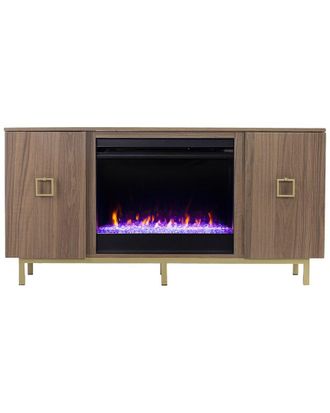
-19%
SEI Furniture
Sei Furniture Yorkville Color Changing Fireplace With Media Storage
$669.99
$830.00
Rue La La

-33%
Furinno
Electric Fireplace TV Stand, Entertainment Center for TV up to 55 Inch
$305.18
$455.48
ShopSimon

-34%
Furinno
Electric Fireplace Corner TV Stand, Entertainment Center for TV up to 55 Inch
$354.97
$537.15
ShopSimon

-34%
Furinno
Electric Fireplace TV Stand, Entertainment Center for TV up to 55 Inch
$323.96
$487.16
ShopSimon
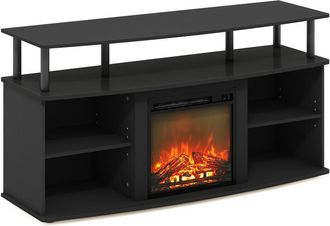
-31%
Furinno
Open Shelving Storage Fireplace Entertainment Center for TV up to 55 Inch
$357.77
$514.91
ShopSimon

-30%
Furinno
Open Storage Corner Fireplace TV Entertainment Center for TV up to 55 Inch
$341.17
$488.91
ShopSimon

-30%
Furinno
Open Storage Corner Fireplace TV Entertainment Center for TV up to 55 Inch
$341.17
$488.91
ShopSimon

-32%
Furinno
Open Storage Corner Fireplace TV Entertainment Center for TV up to 55 Inch
$346.86
$511.44
ShopSimon

-55%
Sunjoy Direct
Grill Fire Pit for Outside, Outdoor Wood Burning Firepit
$412.48
$915.56
ShopSimon
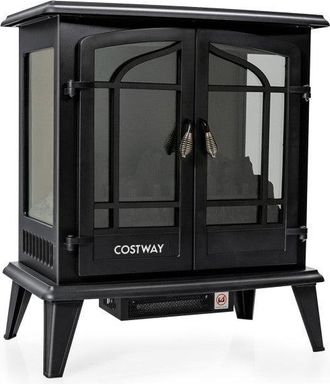
-52%
Costway
25 Inch Freestanding Electric Fireplace Heater with Realistic Flame effect
$399.13
$826.73
ShopSimon

-39%
SEI
Vancedale Modern Fireplace Tools - 4PC Set
$79.01
$129.99
ShopSimon

-24%
SEI
Cardington Industrial Base Electric Fireplace
$480.26
$629.99
ShopSimon

-66%

-69%

-59%

-47%

-69%

-47%

-65%
Best Choice Products
52x31in 3-Panel Iron Chevron Fireplace Screen, Spark Guard w/ Handles
$69.99
$199.99
ShopSimon

-52%

-44%

-54%
Furinno
Open Shelving Storage Fireplace Entertainment Center for TV up to 55 Inch
$366.67
$799.65
ShopSimon

-44%

-34%
Furinno
Electric Fireplace TV Stand, Entertainment Center for TV up to 70 Inch
$367.23
$557.59
ShopSimon

-34%
Furinno
Electric Fireplace TV Stand, Entertainment Center for TV up to 60 Inch
$376.26
$572.25
ShopSimon

-52%

-50%

-32%
Furinno
Jensen Corner TV Stand with Fireplace for TV up to 55 Inches, Americano
$422.60
$617.33
ShopSimon

-32%
Furinno
Fireplace Entertainment Center with Doors Storage Cabinet for TV up to 55 Inch
$361.74
$530.29
ShopSimon

-44%

-30%
Furinno
Jensen Corner TV Stand with Fireplace for TV up to 55 Inches, Flagstaff Oak
$434.39
$624.64
ShopSimon

-32%
Furinno
Jensen Entertainment Center TV Stand with Fireplace, Flagstaff Oak
$382.14
$559.85
ShopSimon

-50%

-32%
Furinno
Open Shelving Storage Fireplace Entertainment Center for TV up to 55 Inch
$360.57
$533.32
ShopSimon
- 1 of 2
- 2
This season’s trends
- Dolce & Gabbana sandals
- Ecco sandals
- Gray Nike shorts
- Straw hats for men
- Prada sandals for women
- Swim trunks for women
- Moschino sandals
- Gucci shorts for men
- Gucci sandals
- Linen shirts for men
- Dr. Martens sandals
- Nike summer shoes for women
- Skechers summer shoes for women
- Clarks summer shoes for women
- HUGO BOSS sandals
- Cargo shorts for women
- Nike summer shoes for men
- Off-white sandals
- Skechers sandals
- Skechers sandals for women
- Lee shorts for women
- Amiri shorts
- Clarks sandals for women
about products and deals